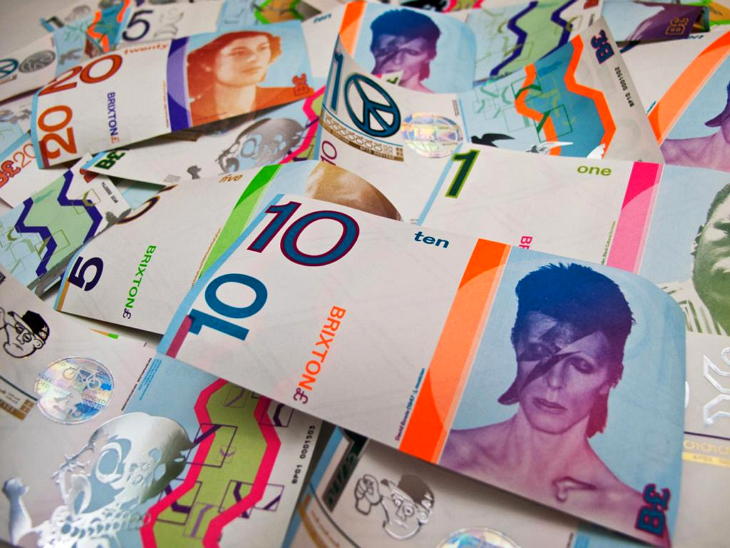Sew La Ti Embroidery [Search results for security]
Your house trusts Advanced Direct Security
Heritage: Suicide bomber strikes near temple of Karnak in Luxor

President and PM dish up burgers at 'Obama-Q' honouring American and British veterans

You might need a bigger scanner there Jack! A rotund looking Black goes through LAX security

Solar: the Perfect Technology for the Contemporary Dwelling

South Asia: Looted Indian statue recovered

Sudan: Sudan's pyramids, nearly as grand as Egypt's, go unvisited

Heritage: Unearthing Vadnagar

About the mortgage and a loan

Heritage: Taxila, the lost civilisation

Pictured: The moment one of Justin Bieber's heavies 'clobbered' one of New York's finest

Middle East: Interpol steps up search for artefacts looted by ISIS

East Asia: Chinese authorities bust intricate ring of tomb raiders

Israel: Egypt sues Israel over 126 smuggled artefacts

Brixton Money

Peru: Peru increasing protection of archaeological sites in Trujillo

Southern Europe: US returns 25 looted artefacts to Italy

North America: NY authorities seek custody of stolen artifacts worth over $100 million

Java: Centuries-old Sukuh temple undergoing restoration work

Italy: Pompeii's 'Cave Canem' mosaic restored

